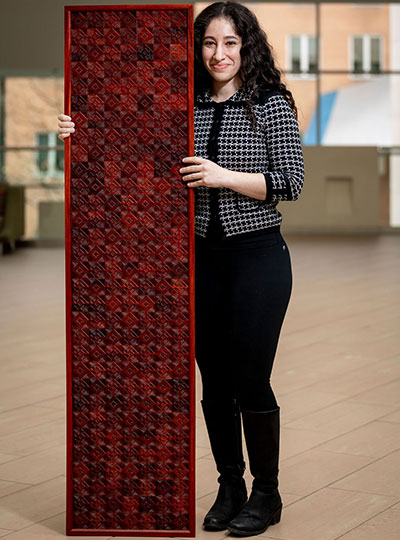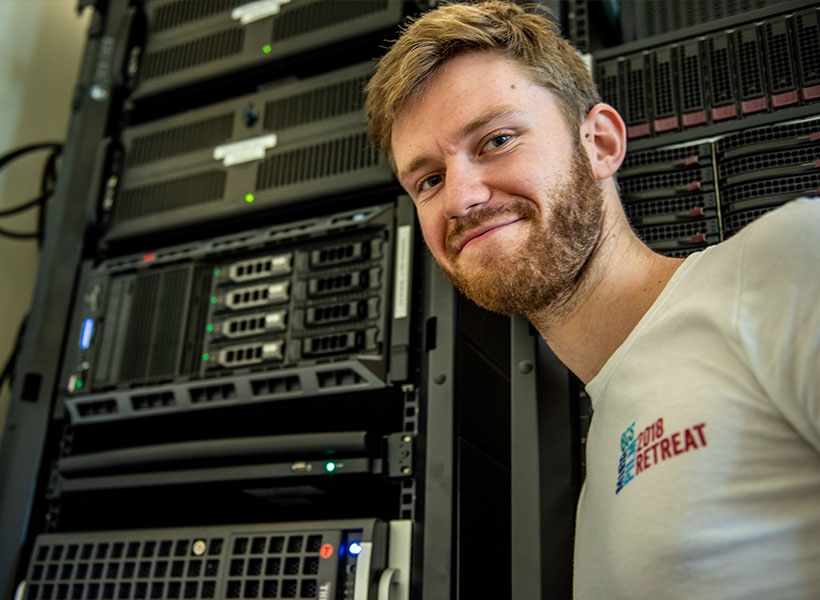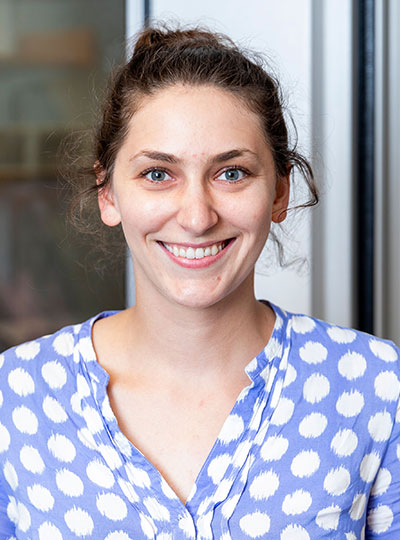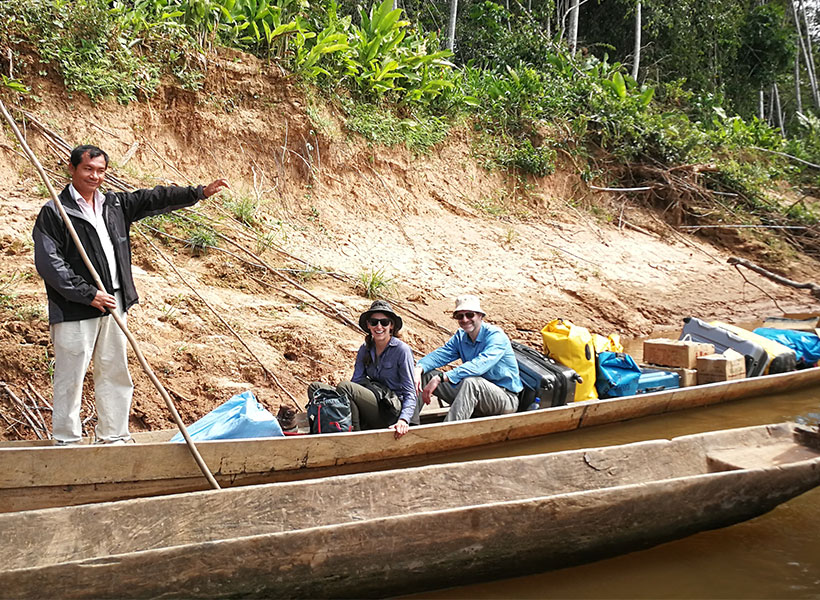Humans began to develop systems of reading and writing only within the past few thousand years. Our reading abilities set us apart from other animal species, but a few thousand years is much too short a timeframe for our brains to have evolved new areas specifically devoted to reading.
To account for the development of this skill, some scientists have hypothesized that parts of the brain that originally evolved for other purposes have been “recycled” for reading. As one example, they suggest that a part of the visual system that is specialized to perform object recognition has been repurposed for a key component of reading called orthographic processing — the ability to recognize written letters and words.
A new study from MIT neuroscientists offers evidence for this hypothesis. The findings suggest that even in nonhuman primates, who do not know how to read, a part of the brain called the inferotemporal (IT) cortex is capable of performing tasks such as distinguishing words from nonsense words, or picking out specific letters from a word.
“This work has opened up a potential linkage between our rapidly developing understanding of the neural mechanisms of visual processing and an important primate behavior — human reading,” says James DiCarlo, the head of MIT’s Department of Brain and Cognitive Sciences, an investigator in the McGovern Institute for Brain Research and the Center for Brains, Minds, and Machines, and the senior author of the study.
Rishi Rajalingham, an MIT postdoc, is the lead author of the study, which appears in Nature Communications. Other MIT authors are postdoc Kohitij Kar and technical associate Sachi Sanghavi. The research team also includes Stanislas Dehaene, a professor of experimental cognitive psychology at the Collège de France.
Word recognition
Reading is a complex process that requires recognizing words, assigning meaning to those words, and associating words with their corresponding sound. These functions are believed to be spread out over different parts of the human brain.
Functional magnetic resonance imaging (fMRI) studies have identified a region called the visual word form area (VWFA) that lights up when the brain processes a written word. This region is involved in the orthographic stage: It discriminates words from jumbled strings of letters or words from unknown alphabets. The VWFA is located in the IT cortex, a part of the visual cortex that is also responsible for identifying objects.
DiCarlo and Dehaene became interested in studying the neural mechanisms behind word recognition after cognitive psychologists in France reported that baboons could learn to discriminate words from nonwords, in a study that appeared in Science in 2012.
Using fMRI, Dehaene’s lab has previously found that parts of the IT cortex that respond to objects and faces become highly specialized for recognizing written words once people learn to read.
“However, given the limitations of human imaging methods, it has been challenging to characterize these representations at the resolution of individual neurons, and to quantitatively test if and how these representations might be reused to support orthographic processing,” Dehaene says. “These findings inspired us to ask if nonhuman primates could provide a unique opportunity to investigate the neuronal mechanisms underlying orthographic processing.”
The researchers hypothesized that if parts of the primate brain are predisposed to process text, they might be able to find patterns reflecting that in the neural activity of nonhuman primates as they simply look at words.
To test that idea, the researchers recorded neural activity from about 500 neural sites across the IT cortex of macaques as they looked at about 2,000 strings of letters, some of which were English words and some of which were nonsensical strings of letters.
“The efficiency of this methodology is that you don’t need to train animals to do anything,” Rajalingham says. “What you do is just record these patterns of neural activity as you flash an image in front of the animal.”
The researchers then fed that neural data into a simple computer model called a linear classifier. This model learns to combine the inputs from each of the 500 neural sites to predict whether the string of letters that provoked that activity pattern was a word or not. While the animal itself is not performing this task, the model acts as a “stand-in” that uses the neural data to generate a behavior, Rajalingham says.
Using that neural data, the model was able to generate accurate predictions for many orthographic tasks, including distinguishing words from nonwords and determining if a particular letter is present in a string of words. The model was about 70 percent accurate at distinguishing words from nonwords, which is very similar to the rate reported in the 2012 Science study with baboons. Furthermore, the patterns of errors made by model were similar to those made by the animals.
Neuronal recycling
The researchers also recorded neural activity from a different brain area that also feeds into IT cortex: V4, which is part of the visual cortex. When they fed V4 activity patterns into the linear classifier model, the model poorly predicted (compared to IT) the human or baboon performance on the orthographic processing tasks.
The findings suggest that the IT cortex is particularly well-suited to be repurposed for skills that are needed for reading, and they support the hypothesis that some of the mechanisms of reading are built upon highly evolved mechanisms for object recognition, the researchers say.
The researchers now plan to train animals to perform orthographic tasks and measure how their neural activity changes as they learn the tasks.
The research was funded by the Simons Foundation and the U.S. Office of Naval Research.







